IEC 61850 is a standard for the design of substation automation and a part of the International Electro-technical Commission’s (IEC) Technical Committee 57 (TC57) reference architecture for electric power systems. Its is essentially a set of abstract data models which can be mapped onto a number of protocols.
Multiple protocols exist for substation automation, which include many proprietary protocols with custom communication links. Inter-operation of devices from different vendors would be an advantage to users of substation automation devices. Hence a ‘standard’ for protocols was formed in the mid-90s – IEC 61850.
SCADA Standards – IEC61850
IEC 61850 was developed using this in mind; hence fits the work ability of IEDs like a glove! ‘Fundamental architectural construct – “abstraction” of data items, which are independent of any underlying protocols. The abstract definitions then allow “mapping” of the data objects and services to any other protocol that can meet the data and service requirements. It was ‘Inspired’ by OSI 7 layered model.
Fundamental architectural construct – “abstraction” of data items, which are independent of any underlying protocols. The abstract definitions then allow “mapping” of the data objects and services to any other protocol that can meet the data and service requirements.
Intelligent Electronic Devices (IEDs)
In the earlier years, low bandwidth led to DAS comm. protocol optimizations; cost was the time it took to configure, map and locate the various data-bits received. With increased bandwidth, emphasis shifted to the components being able to “describe” themselves.
With growing number of vendors and protocols, pertaining to standards became a necessity – especially one which caters to the requirements for SA. IEC 61850 was developed using this in mind; hence fits the workability of IEDs like a glove!
Intelligent Electronic Devices (IEDs) have been installed in the substations for more than a decade for complete monitoring and control of power networks. Earlier Programmable Logic Controllers (PLCs) were very popular in performing different monitoring, automation and control tasks in the substation.
Now- a-days, they are being replaced by IEDs. New Substation installations are equipped with IEDs which essentially consists of microprocessor based protective relays, metering devices, programmable logic controllers, fault and event recorders, etc.
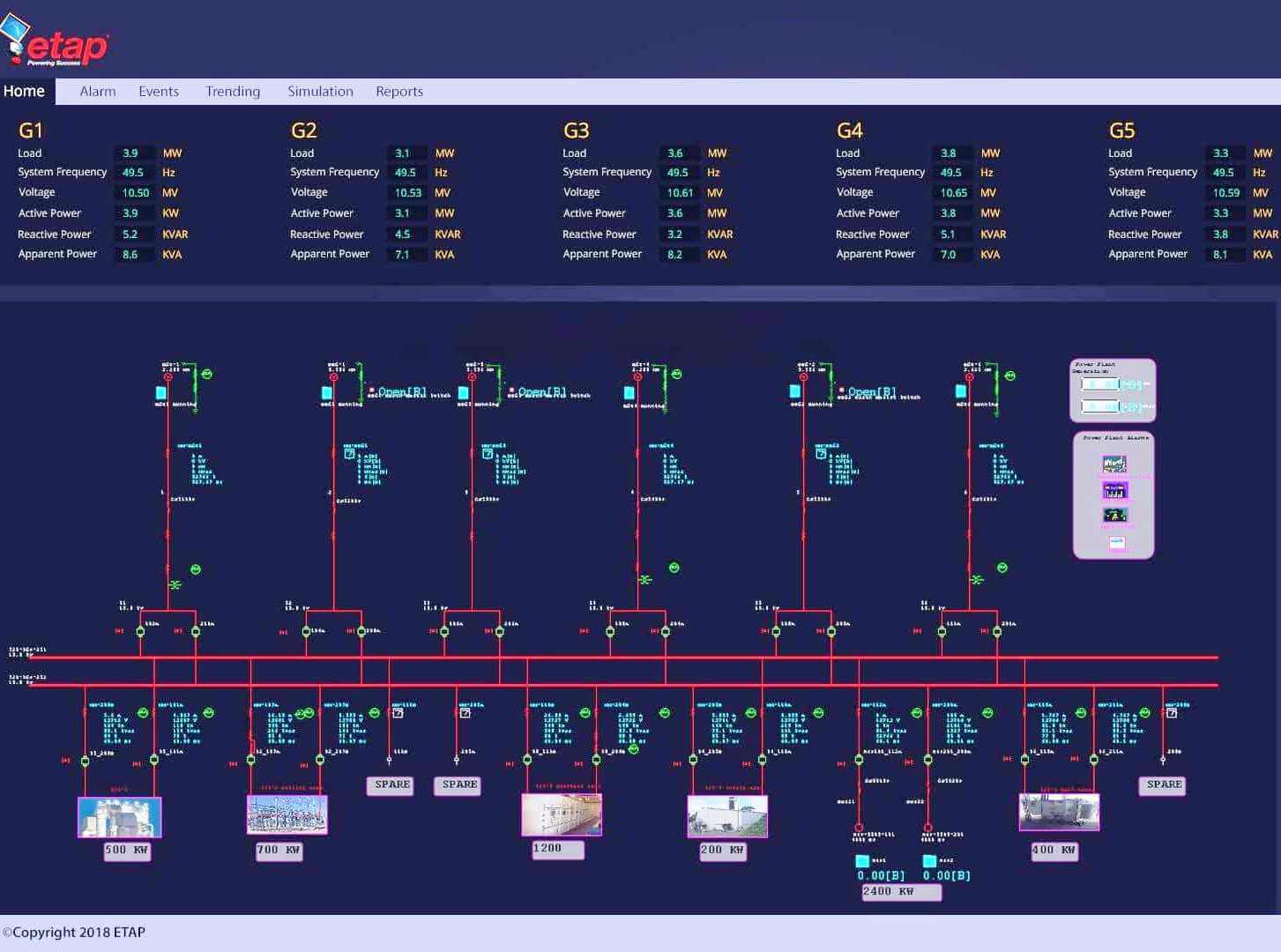
Image courtesy : etap
Power System Automation using IEDs help technology continuously monitor power systems include modular hardware design, programmable logic capabilities, built in relay software testing features and the availability of continuously increasing non-protective functions.
The improved sampling rate, processor speed, memory and other parameters, allow the relays to become indeed “intelligent”, and work with full capacity not only during system faults but also under “normal” system conditions, thus becoming the lowest level in the distributed intelligence based Power System Integration System.
IED and SCADA
SCADA (Supervisory Control And Data Acquisition) is a combination of Telemetry and Data Acquisition. Telemetry is a technique used for transmission and receiving of measured parameters such as voltage, current, power, speed etc., Data Acquisition Method used to access and control information/data from the equipment that is being controlled and monitored. Distributed Controlled System (DCS) is a specific type of SCADA system for process control.
Difference between SCADA and DCS is that SCADA covers larger geographical areas involving a variety of Telecommunication links such as radio and telephone on the other hand DCS is more confined to a particular plant/process and mostly uses LAN for communication.
The main components of a SCADA System are the following
1. Field Instrumentation
2. Remote Stations
3. Communications Network
4. Central Monitoring Station
IED Based Substation Automation
Intelligent Electronic Devices are most widely used in the substation for monitoring and protective relaying. They provide the bottom layer of intelligence in the substation and power system integration systems.
IEDs , as protective relays perform the essential processing of the analog data from the substation environment, such as currents and voltages. Analog or digital filtering techniques are applied to obtain the fundamental components of current and voltage wave forms. These are further processed for protective relaying functions.
Typical functions of protective relaying are differential protection, inverse-time over current, etc. The main advantages of IEDs are their ability to exhibit multi function relaying property. An IED based multi-functional protective relay consists of sequence component filters, which will help generate the positive, negative and zero sequence currents and/or voltages used in different protection schemes.
These IEDs provide the real time monitoring and forms the ‘intelligence’ to the substation. IEDs can also be used as devices for power quality monitoring, real time control and advanced protection functions.
Substation Automation System (SAS) using IED:
The important requirements for SAS using IEDs are the following
- High-speed IED to IED communication and Networking throughout the utility enterprise
- High-availability, Guaranteed delivery times and Multi-vendor inter-operability.
- Support for Voltage / Current samples data and Support for File Transfer
- Auto-configurable / configuration support and Support for security.
- With growing number of vendors and protocols, pertaining to standards became a necessity – especially one which caters to the requirements for SA.
IEC 61850 – Object Structure
Each element of data within the logical node conforms to the specification of a common data class (CDC) per IEC 61850-7-3. Each CDC describes the type and structure of the data within the logical node.
Each CDC has a defined name and a set of CDC attributes each with a defined name, defined type, and specific purpose. Each individual attribute of a CDC belongs to a set of functional constraints (FC) that groups the attributes into categories.
ACSI and MMS
The Abstract Communication Service Interface (ACSI) models of IEC 61850 define a set of services and the responses to those services that enables all IEDs to behave in an identical manner from the network behavior perspective.
IEC 61850-8-1 maps the abstract objects and services to the Manufacturing Message Specification (MMS) protocols, a public and ISO standard protocol, of ISO9506.
IEC 61850 – Other features
The Sampled Values and GOOSE applications map directly into the Ethernet data frame for time-critical processes. the MMS Connection Oriented layer can operate over TCP/IP or ISO; the Generic Substation Status Event (GSSE) is the identical implementation as the UCA GOOSE and operates over connectionless ISO services.
All data maps onto an Ethernet data frame using either the data type “Ethertype” in the case of Sampled Values, GOOSE, TimeSync, and TCP/IP or “802.3” data type for the ISO and GSSE messages.
The Process Bus
The Process layer of the substation is related to gathering information, such as Voltage, Current, and status information, from the transformers and transducers connected to the primary power system process – the transmission of electricity.
IEC 61850 defines the collection of this data via two different protocol definitions, namely, Part 9.1 which defines a Unidirectional Multidrop Point-to-Point fixed link carrying a fixed dataset and Part 9.2 which defines a “configurable” dataset that can be transmitted on a multi-cast basis from one publisher to multiple subscribers. Hence, possible to remotely acquire status information of IEDs too! (apart from the Sampled Values)
SCL Substation Configuration Language
SCL Substation Configuration Language (SCL), based on XML, specified by IEC 61850-6-1 to describe configurations. The various SCL files include: system specification description (SSD) files, IED capability description (ICD) files, substation configuration description (SCD) files, configured IED description (CID) files.
SCL – Benefits
The benefits of SCL are Automation, Remote Configuration, Offline Configurations, Sharing of IED configurations, Custom configurations, Elimination of discrepancies
Key Features and of IEC 61850
Abstract Model – Protocol Independent, Descriptive Strings for all data, Standardized Object Names, Self Describing Devices, Wide Range of High-level Services and SCL (Substation Communications Language)
Major Benefits of IEC 61850
Eliminates Procurement Ambiguity, Lower Installation cost, Lower Transducer cost, Lower Commissioning, Migrations, Integration and Extension costs, Inter-device operability, Implementation of New capabilities
Current challenges with IED
Initial integration efforts by most vendors focused solely on providing data access and control of SCADA type data to replace separate SCADA hardware like RTUs. Choosing to use SCADA protocols like Modbus, DNP and UCA led to the problem that data not supported by these protocols were “trapped” inside IEDs and made unavailable. As a result, IEDs tended to get underutilized.
If you liked this article, then please subscribe to our YouTube Channel for PLC and SCADA video tutorials.
You can also follow us on Facebook and Twitter to receive daily updates.
Read Next:
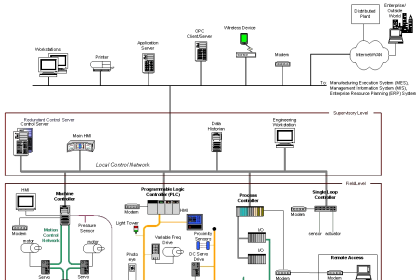
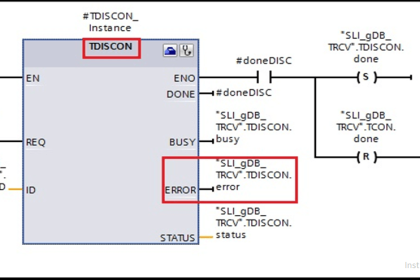



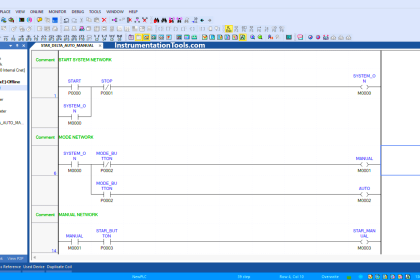
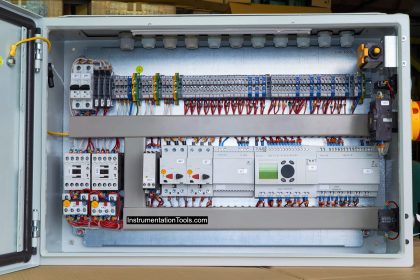
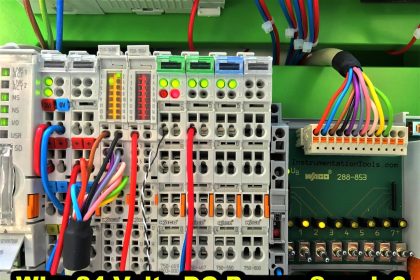

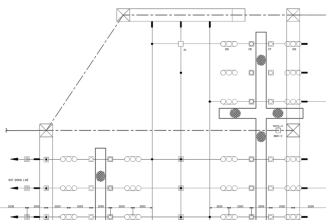
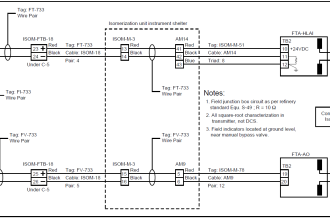
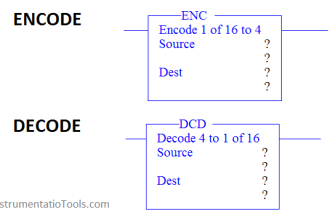
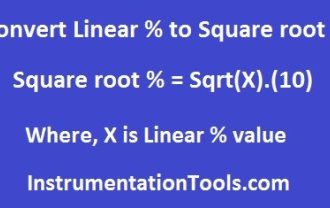
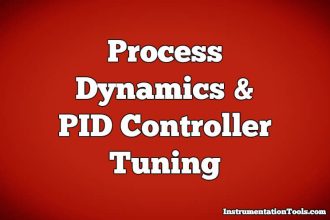

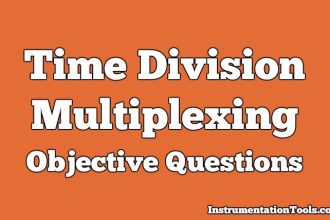

Hi
Am syed
am just learning about plc scada and hmi
i just need substation plc program just for training purpose
kindly waiting for your response